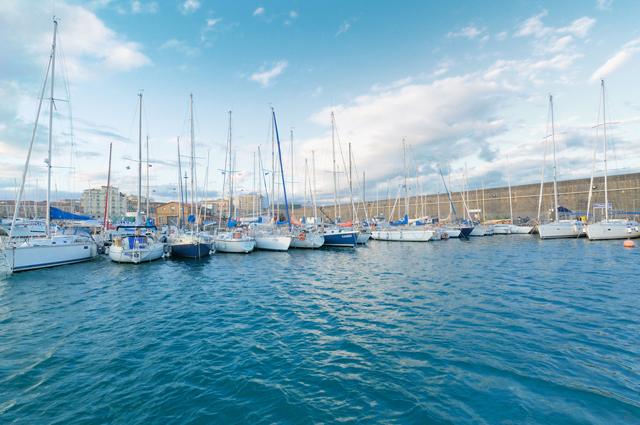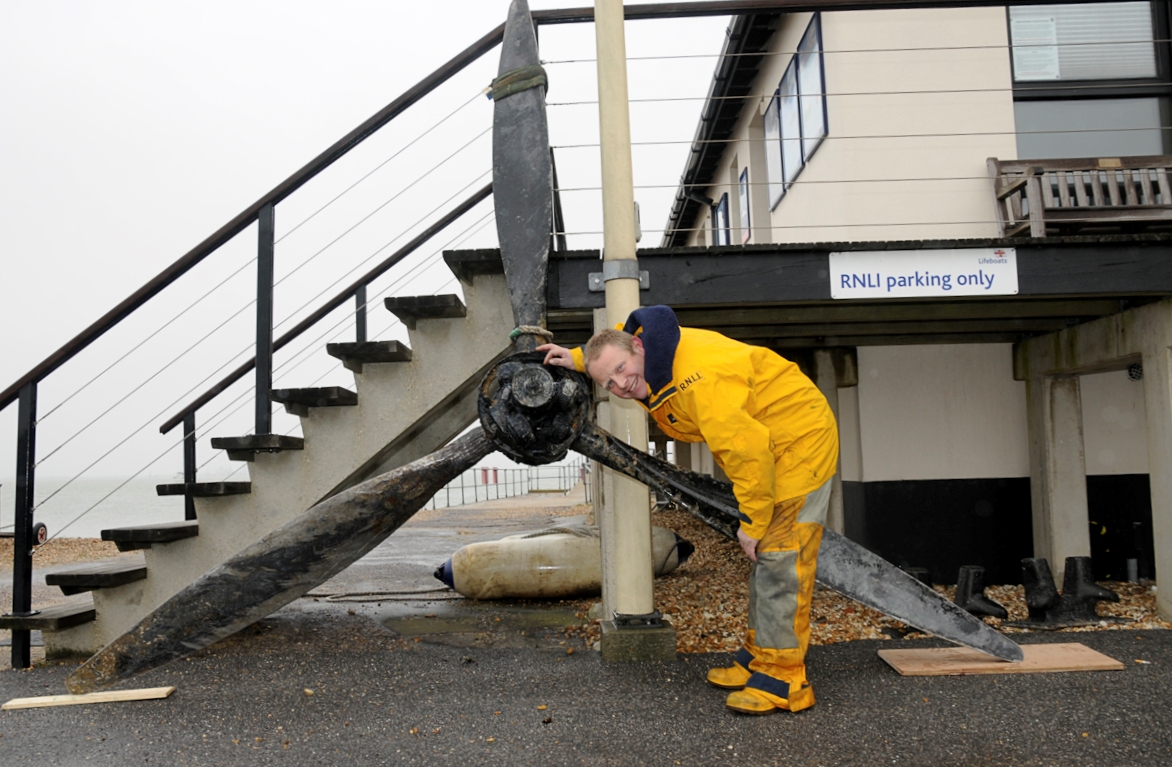A Scottish seaplane operator is planning to run daily amphibious aircraft trips between London and the Blackwater in Essex.
The Cruising Association (CA) has been told that the new route will begin at a small land-based London airport, before heading east to the Blackwater to drop passengers off at the private island, Osea.
Further trips, potentially heading to the south coast or even the south-west coast, are in the pipeline.
The CA spoke to David West, MD of Loch Lomond Seaplanes, who said about the progress; ‘We could start flying the route from London to Osea tomorrow, we need very few facilities in order to begin.
‘The route will be from an airport in the London area, such as Biggin Hill, Farnborough or Elstree. From Biggin Hill it will be a 19 minutes flight to Osea Island, where as by car it could take a couple of hours.’

Seaplane in action. Credit www.lochlomondseaplanes.com
Seaplanes are not a common sight on UK waterways, so many boat owners are concerned at how aircraft and boats mix safely.
David West explained how in Scotland they are allowed to land on the lakes, so are experienced in landing while there is lots of marine traffic, however their priority is to ensure that it is always safe. ‘There are lots of Personal Water Craft (PWC) on the lakes, so safety is our biggest concern. We operate 200 flights per month and can land away from all the other boats.
‘In Canada seaplanes are used all the time, and operate in close proximity to other vessels without any problems.’
The plans started when the owner of the island, music producer Nigel Frieda, wanted to transport his guests from London to his resort in luxury. Nigel is currently in the process of building a pontoon to allow guests to transfer to and from the aircraft.
But with limited numbers, David plans to increase passengers by operating a service to other destinations such as Poole, Southampton or even Plymouth.
‘We are in talks with the Maritime Authorities so that they are satisfied that we can land without affecting commercial or leisure traffic.’

Seaplane on the Beach, Loch Lomond. Credit www.lochlomondseaplanes.com
While in the air, all aircraft are regulated by the CAA, and are not allowed to fly within 500ft of any land or structure unless approaching to land. Once landed, the aircraft is then a boat, and has to follow COLREGS (international regulations for preventing collisions at sea), giving way to wind-powered craft.
Loch Lomond Seaplanes operate a fleet of modern Cessna 208 Caravan Amphibian aircraft, which have nine passenger seats and a single pilot seat.
No official dates are set, however David hopes to start the service this summer.
Warning not to use LED bulbs in filament bulb navigation lights
Replacing filament bulbs with white LEDs in tricolour navigational lights could result in vessels not being insured, the Cruising Association…
Cruising Association celebrates new Greek law that benefits boaters
Boat owners whose yachts are not registered in the European Union, are able to stay in Greece for longer than…
More changes for foriegn sailors cruising in Turkish waters
Foreigners in Turkey must now carry a passport valid for at least 60 days beyond the “duration of stay” of…
CA warns of possible underwater dangers after Greek island struck by earthquakes
An earthquake has moved the entire Greek island of Lefkada 36cm to the south, the Cruising Association has learned.
Threat of fines in Italy for wrong insurance papers
If you are cruising in Italian waters and have a tender and outboard motor, you may need to change your…
Sailors reporting unusual birds to Sea Bird Count project
The “SeaBC” is a citizen science project co-ordinated by long-distance birdwatching sailors from around the world
Seaplanes will aid River Clyde regeneration
Charter company hopes to "open up" the west coast of Scotland with scheduled seaplane service
Is it a bird? Is it a plane? No – it’s a flying superyacht
French designer proposes a flying yacht
Lifeboat’s anchor drags up flying boat’s propeller
Sunderland flying boat sank off Calshot 50 years ago













